Offa and the Mercian Wars (22 page)
Read Offa and the Mercian Wars Online
Authors: Chris Peers

We hope you have enjoyed reading this Pen and Sword book. We have over 3,000 other titles available, which can be obtained from most good bookshops or via our website:
pen-and-sword.co.uk
.
We also value your feedback and would encourage you to leave this on relevant forums related to this book, retailer websites or our own website. We check these regularly and encourage authors to check forums to respond to any questions.
Family history books: please visit
www.your-familyhistory.com
.
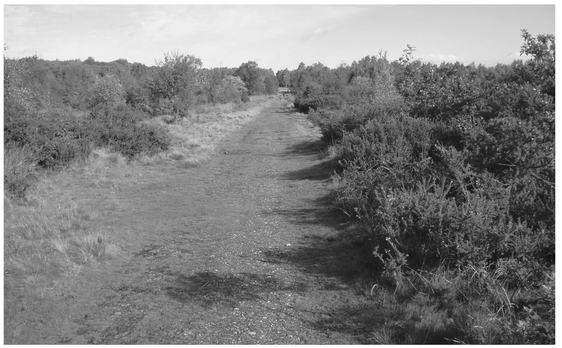
1. A surviving section of the Roman Icknield Street in Sutton Coldfield Park, approximately ten miles south of its junction with Watling Street at Wall. Although the ditches on either side are partially filled in, the original metalled surface is still visible. Such roads allowed Mercian armies to move swiftly across the country long after the departure of the legions that had built them.
2. The Roman settlement at Wall, believed to have been a principal Mercian stronghold in the seventh century. The royal hall was probably situated on the hill where the church now stands.


3. Excavated Roman ruins at Wall. These stood considerably higher in Anglo-Saxon times, and may have been incorporated into a defensive perimeter justifying the Welsh description of the site as a âcaer' or fortress.
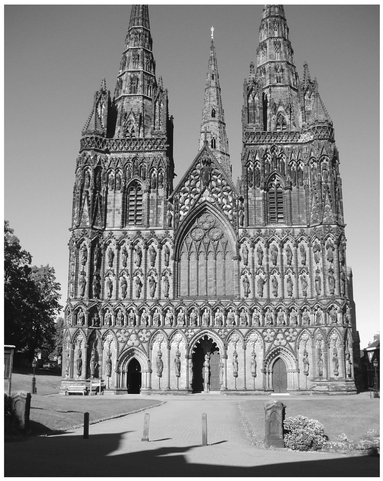
4. Sculptures depicting prominent saints and kings of England decorate the façade of Lichfield Cathedral, briefly the seat of a Mercian archbishop in the eighth century.
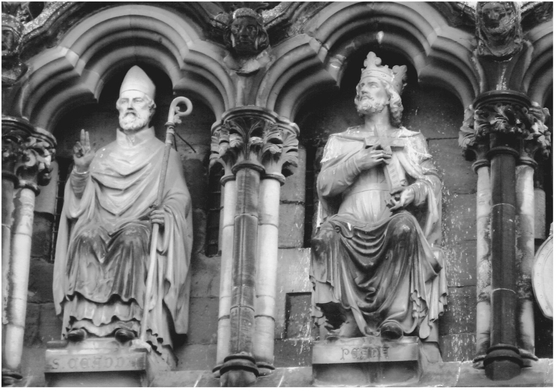
5. An idealised representation of Penda, rather incongruously carrying a Christian cross, on the front of Lichfield Cathedral.
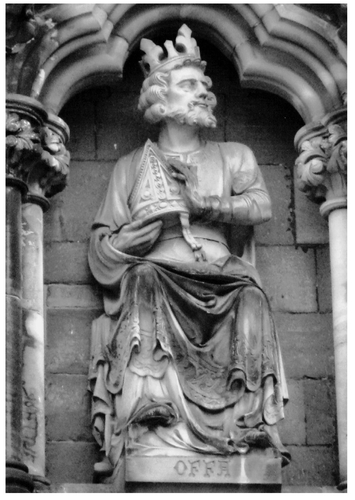
6. Offa, as depicted on the facade of Lichfield Cathedral. The bishop's mitre is an appropriate symbol of the close ties with the church which buttressed his power.

7. Saint Chad's Well at Stowe, near Lichfield. Largely forgotten today, this was an important place of pilgrimage in the Middle Ages, and may mark the spot where Chad established his seat as bishop of Mercia in the late seventh century.
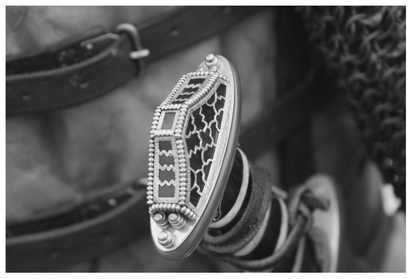
8. A close up view of the gold-and garnet-decorated hilt from a reproduction of the Sutton Hoo king's sword. This elaborate ornamentation is characteristic of the weapons carried by elite warriors of the seventh century, and several similar examples have been found in the Staffordshire Hoard. (Mark Talbot)
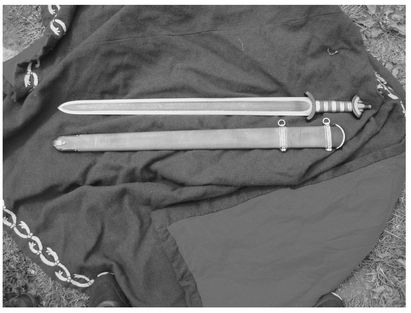
9. A reproduction Anglo-Saxon sword of around the ninth century, based on an example discovered at Gilling in Yorkshire in 1976, and now in the Yorkshire Museum. The plainer âlobed' pommel is typical of both English and Scandinavian weapons of the Viking era. (Paul Craddock, Mercia Sveiter)
10. A reconstruction of the eighth-century Coppergate helmet from York. Note the narrow nasal and hinged cheek pieces, which together provide almost complete protection for the face without compromising the wearer's vision. Like the Sutton Hoo sword this was an expensive item, typical of the era when warfare was the preserve of a privileged elite. (Paul Craddock, Mercia Sveiter)
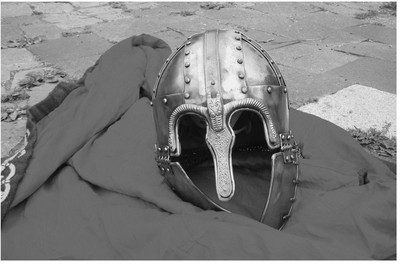
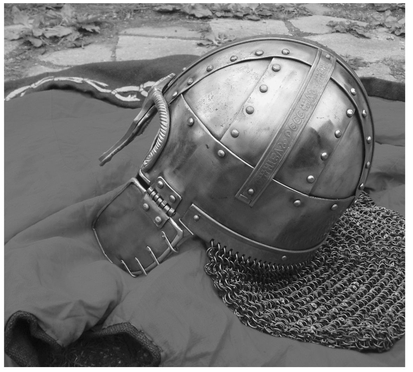
11. Another view of the reconstructed Coppergate helmet, showing the reinforcing bars across the crown and the mail aventail to protect the neck. (Paul Craddock, Mercia Sveiter)